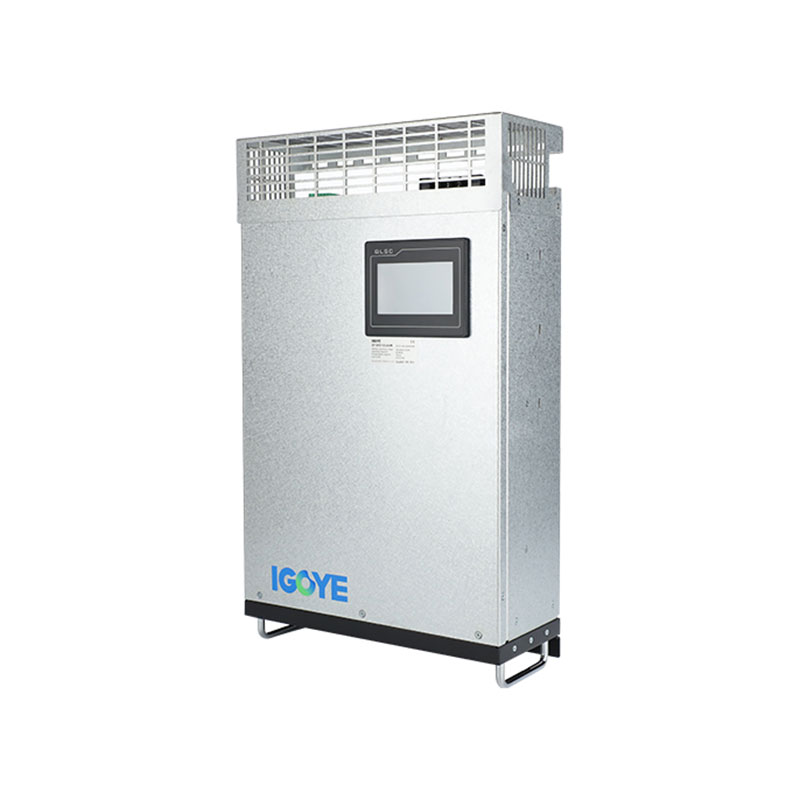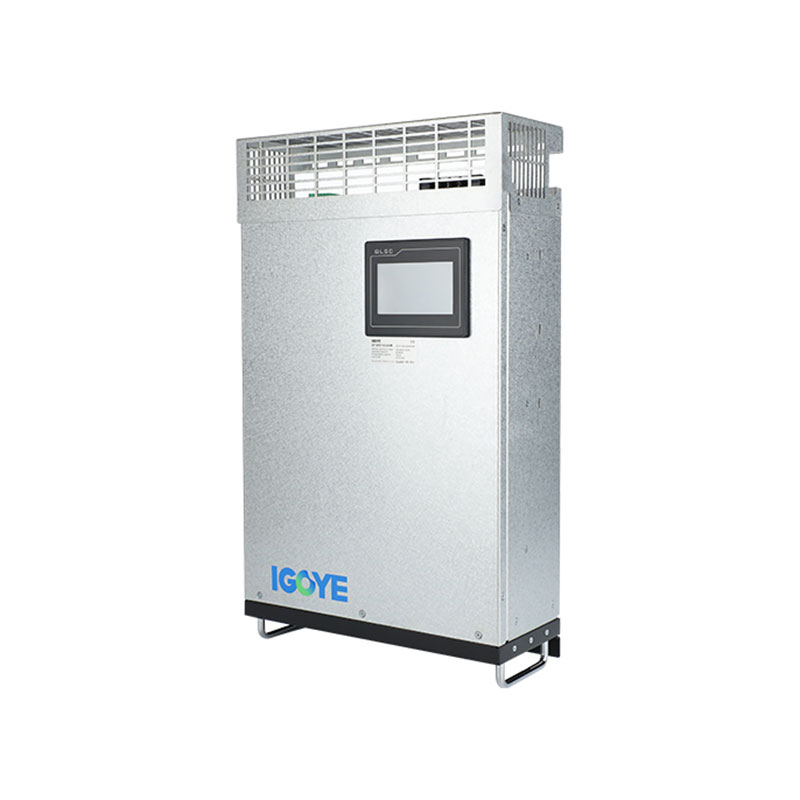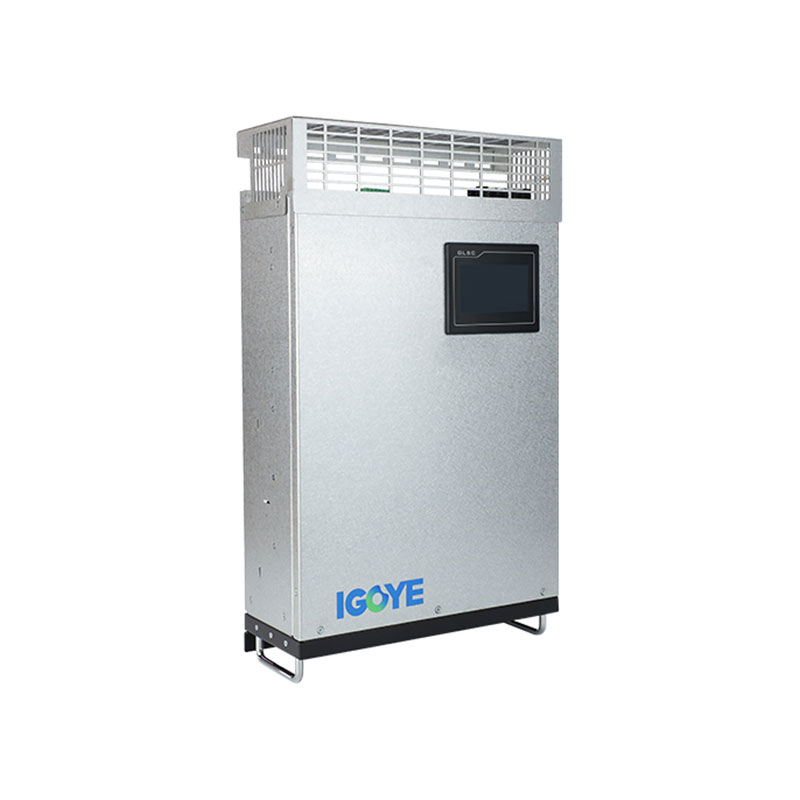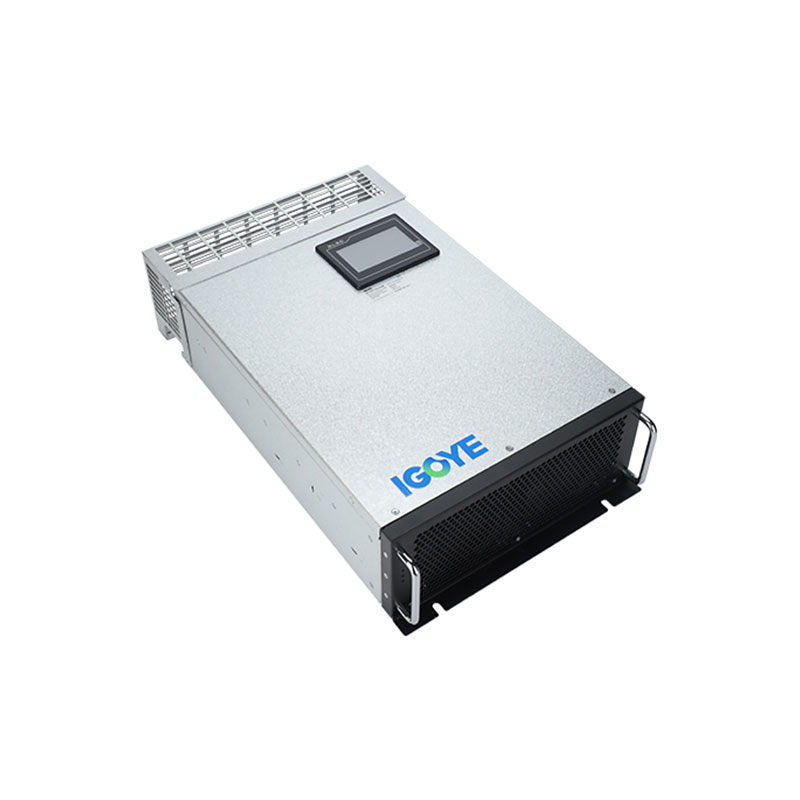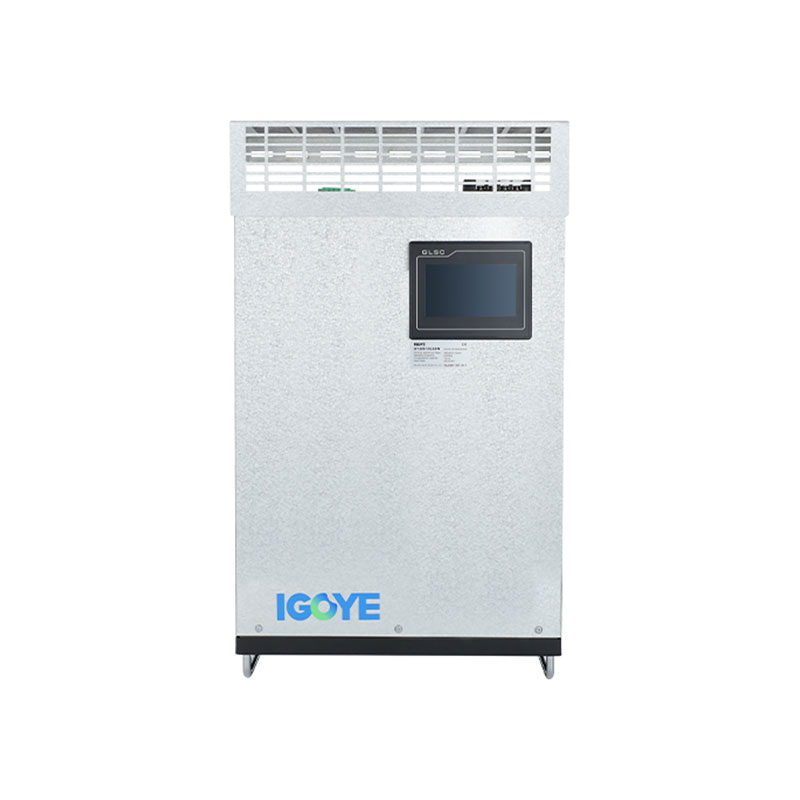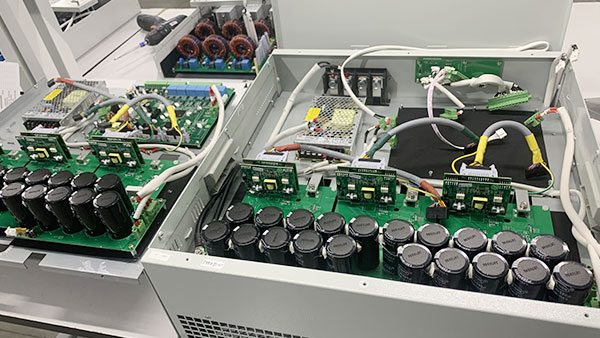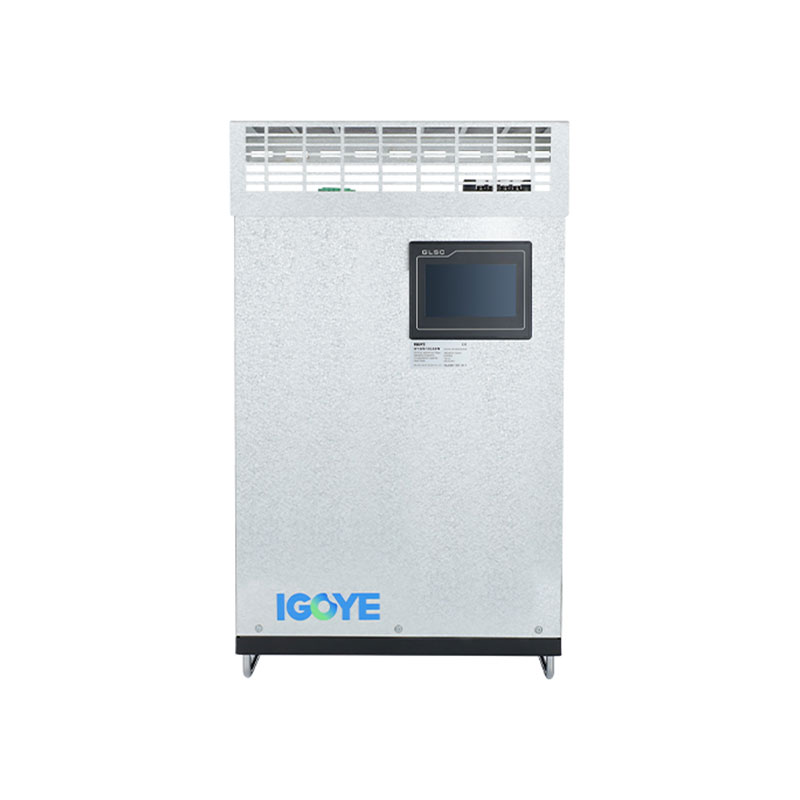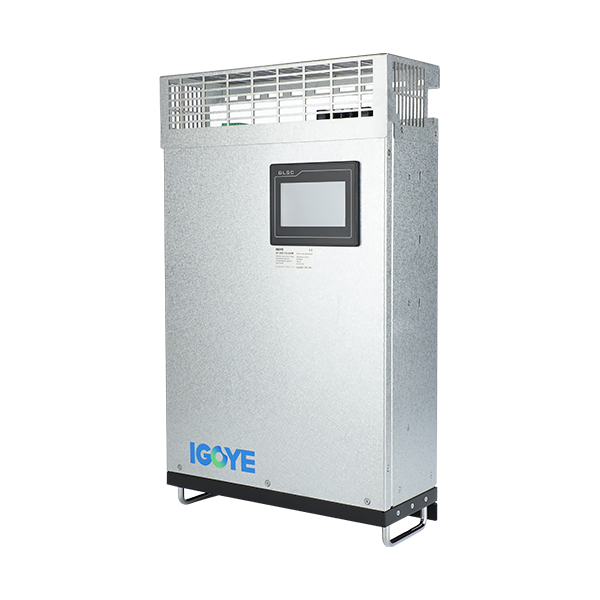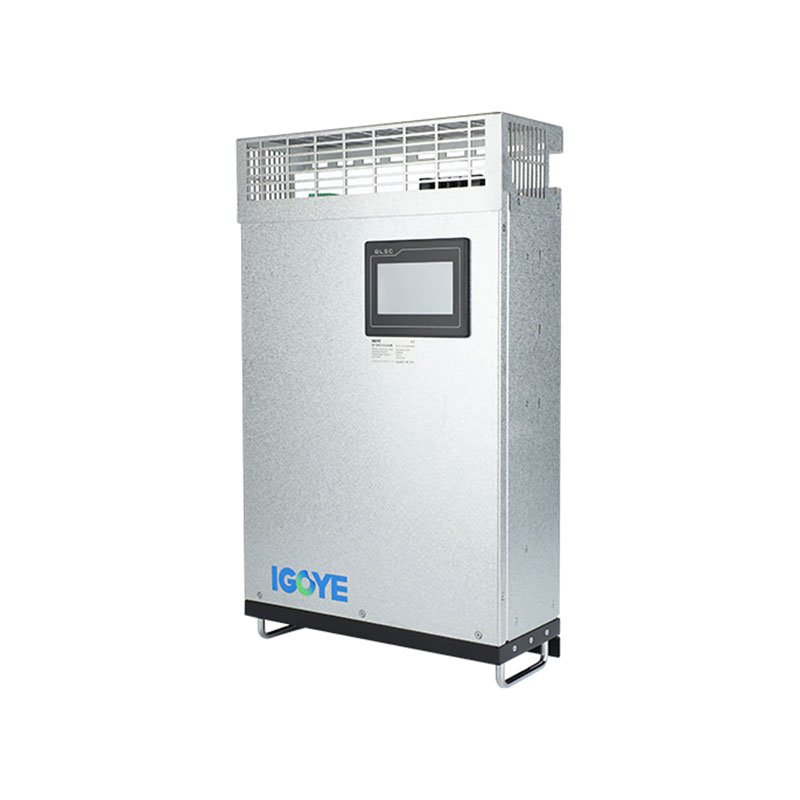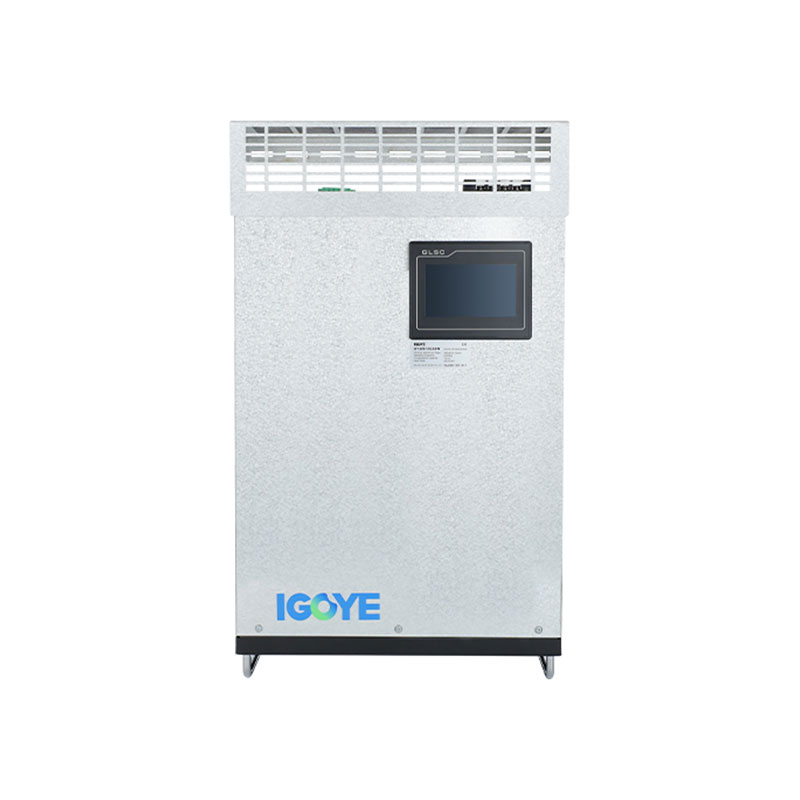What is the working principle of a static reactive power generator?
The working principle of Static Var Generator (SVG) is to use switchable power electronic devices (such as IGBT) to form a self commutation bridge circuit, which is connected in parallel to the power grid through a reactor. The amplitude and phase of the output voltage on the AC side of the bridge circuit are adjusted appropriately, or the AC side current is directly controlled to quickly absorb or emit the required reactive power, achieving the goal of rapid dynamic adjustment of reactive power.
The working process of SVG
Detection: SVG monitors the voltage, current and other parameters of the power grid in real time through the detection module, and obtains the reactive power demand information of the power grid.
Calculation: The control operation module calculates the amount of reactive power that needs to be compensated based on the detected grid parameters.
Adjustment: The control operation module sends control signals to the compensation output module to adjust the on/off state of the power semiconductor devices in the bridge circuit, thereby changing the phase and amplitude of the AC side output voltage of the bridge circuit or directly controlling its AC side current.
Compensation: By adjusting the output of the bridge circuit, SVG can emit or absorb reactive power that meets the requirements, achieving reactive power compensation for the power grid.
Application Fields of SVG
SVG is widely used in various situations that require fast dynamic reactive power compensation, including:
Metallurgical industry: such as rolling mills on production lines.
Petroleum industry: such as electric motors for frequent and fast starting winches, elevators for pumping units, turntables, etc.
Rail transit: The extensive use of cables for long-distance transmission results in severe three-phase imbalance.
The automobile manufacturing industry: extensively uses welding machines or laser welding machines to generate voltage gradients.
Advantages of SVG
Compared with traditional capacitor compensation devices, SVG has the following advantages:
Faster response speed: SVG can quickly respond to changes in system reactive power requirements.
Stronger ability to suppress voltage flicker: It can effectively suppress voltage flicker and improve system stability.
Wide operating range: capable of reactive power regulation within a wider range.
Diversified compensation functions: not only can it compensate for reactive power, but it can also compensate for harmonic currents.
Extremely low harmonic content: there are few harmonic components in the output current, resulting in high power quality.
Small footprint: The equipment has a small volume and is easy to install.
-
- What makes a wall-mounted static var generator the smart fix for unstable power?
- Can Your Facility Meet Strict Grid Regulations with a Cabinet-Type Static Var Generator
- Does a Rack Mount Active Harmonic Filter Protect Against Transformer Damage
- Can a cabinet-type active harmonic filter turn hidden power losses into quick returns?
- Can a Rack Mount Active Harmonic Filter unlock hidden capacity and calmer waveforms?
- How Do We Turn an Energy Storage System Into Measurable Business Results?


